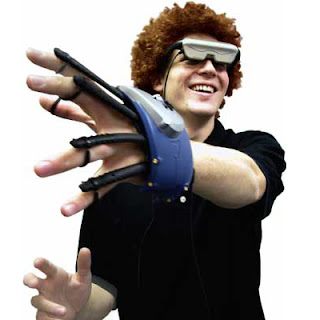In this blog I am going to talk mainly on Game Cultures, and base it on week 10’s readings that were put up on Blackboard and using Ismaar’s lecture notes on Game Culture.
I found very shocking yet biased opinions in the reading especially at the claim that in Romania up to a dozen workers are playing computer games 24/7, the author claims that “they are paid the equivalent of 28 pence per hour to play games”. So it’s no shock that in the last 5 years that the “the quality of life” in the industry has been heavily questioned.
Whilst doing the reading I have come across the repetition of the word interactivity which I have come across in a previous blog, here its explained that “Originally a text was said to be ‘interactive’ when an individual could directly intervene in and change the images and text that he or she sees. So the audiences for new media become ‘users’ rather than ‘viewers’ of visual culture, film and TV, or ‘readers’ of literature.” He then explains further “Audience studies demonstrate that watching television, for example, is not a passive activity; the viewer or viewers actively interpret programmes in relation to their knowledge of particular codes and genres”.
I found very shocking yet biased opinions in the reading especially at the claim that in Romania up to a dozen workers are playing computer games 24/7, the author claims that “they are paid the equivalent of 28 pence per hour to play games”. So it’s no shock that in the last 5 years that the “the quality of life” in the industry has been heavily questioned.
Whilst doing the reading I have come across the repetition of the word interactivity which I have come across in a previous blog, here its explained that “Originally a text was said to be ‘interactive’ when an individual could directly intervene in and change the images and text that he or she sees. So the audiences for new media become ‘users’ rather than ‘viewers’ of visual culture, film and TV, or ‘readers’ of literature.” He then explains further “Audience studies demonstrate that watching television, for example, is not a passive activity; the viewer or viewers actively interpret programmes in relation to their knowledge of particular codes and genres”.
He then explains his reasons for believing this, he explains that as playing and watching and two different things, and that playing involved participation like having to “learn its interface and control systems” we also get “a very strong emotional effect in the player: often adrenalin-based, fight or flight reactions are physically provoked.” I do understand what he means and that I do also believe that watching a programme can be passive, but I believe it can be interactive as well if we do take interest and we may often get emotionally provoked as well e.g. if were watching a horror and we get frightened or if we get emotional whilst watching a sad film. But like watching TV or film, we may also experience “loss of a sense of time, place or self” hence why many people get addicted to games as Panorama later on this year investigated.
(Prensky 2001: 296) explains that the military uses these gaming simulations to train their soldiers and teach them control equipment’s etc. Virtual words are extremely addictive, and cases increase as gameplay become more lifelike e.g. Sims, how did this company make millions of profit by creating a game where players can create avatars and then get them to live lives like us, how did players get more interested in the avatars lives rather than their own lives. Game culture continues to grow as technology develops, who would have imagined that we could use a Wii remote and virtually use it as a sword. Who knows what it will be in ten years’ time?
(Prensky 2001: 296) explains that the military uses these gaming simulations to train their soldiers and teach them control equipment’s etc. Virtual words are extremely addictive, and cases increase as gameplay become more lifelike e.g. Sims, how did this company make millions of profit by creating a game where players can create avatars and then get them to live lives like us, how did players get more interested in the avatars lives rather than their own lives. Game culture continues to grow as technology develops, who would have imagined that we could use a Wii remote and virtually use it as a sword. Who knows what it will be in ten years’ time?











